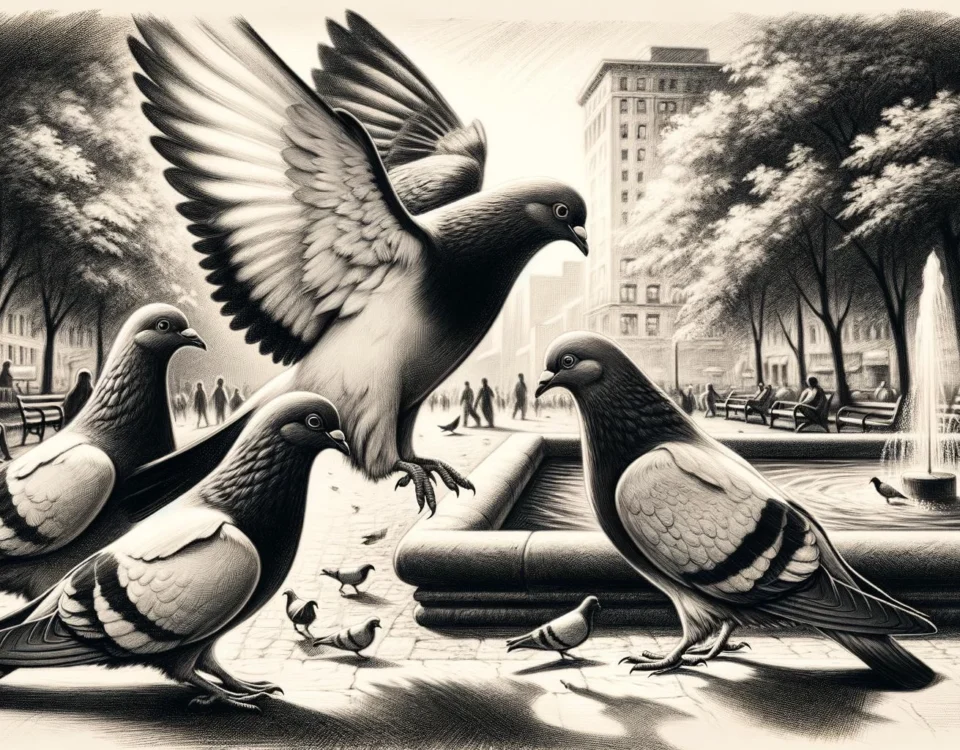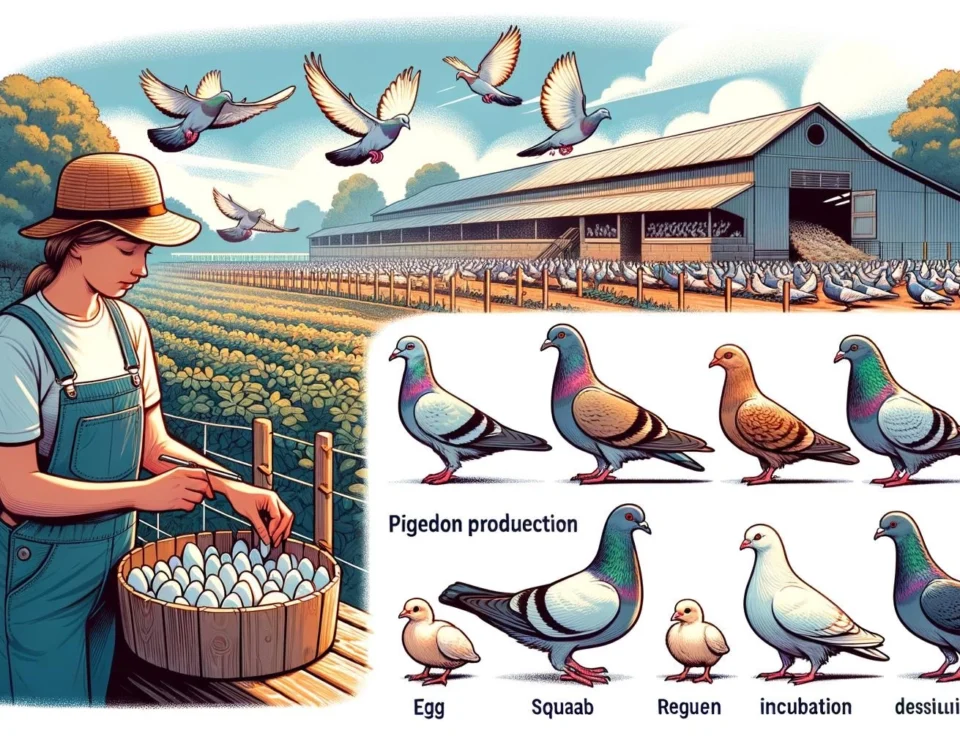Utility pigeons are a category of pigeons bred for specific purposes, such as meat production or carrying messages. While utility pigeons have practical uses, they also have interactions with the ecology and environment in which they live. In this article, we will explore the relationship between utility pigeons and ecology, highlighting their impact on the environment and the benefits they provide.
Key Takeaways
- Utility pigeons are a category of pigeons bred for specific purposes, such as meat production or carrying messages.
- Utility pigeons have interactions with the ecology and environment in which they live.
- They can impact the environment through seed dispersal and acting as prey for raptors.
- Utility pigeons can have economic impacts, such as the cost of cleanup and maintenance of human infrastructure.
Utility Pigeons and the Environment
Utility pigeons, like any other animal, have interactions with the environment they inhabit. One of the ways they contribute to the environment is through seed dispersal. Pigeons can help with the dispersal of seeds by consuming fruits or berries and then excreting the seeds in different locations. This process aids in plant propagation and biodiversity.
Additionally, utility pigeons can serve as prey for various raptors, such as hawks and falcons. Pigeons provide a food source for these predatory birds, which contributes to the natural balance of the ecosystem.
Economic Impact of Feral Pigeons
Feral pigeons, which are descendants of domestic pigeons that have returned to the wild, can have economic impacts on human infrastructure. These pigeons often roost and nest in urban areas, causing issues related to their occurrence.
The accumulation of pigeon droppings can lead to sanitation and health concerns. The droppings can corrode buildings, block gutters and drainage systems, and create an unsightly mess. The cost of cleaning up and maintaining human infrastructure affected by feral pigeons can be significant.
Controlling Pigeon Populations
Given the economic and health concerns associated with feral pigeons, controlling their populations in urban areas is necessary. There are various methods of pigeon control that aim to deter pigeons from roosting or nesting in specific areas.
Some common methods include the use of deterrents such as spikes or nets on buildings, the removal of food sources, and the introduction of predators or falconry programs to deter pigeons. These control measures aim to mitigate the negative impacts of pigeons on human infrastructure and reduce the risk of disease transmission.
In conclusion, utility pigeons have interactions with the environment they inhabit. They contribute to the environment through seed dispersal and provide a food source for predatory birds. However, feral pigeons can have economic impacts due to their presence in urban areas. Implementing effective pigeon control methods can help manage these populations and reduce their impact on human infrastructure.









